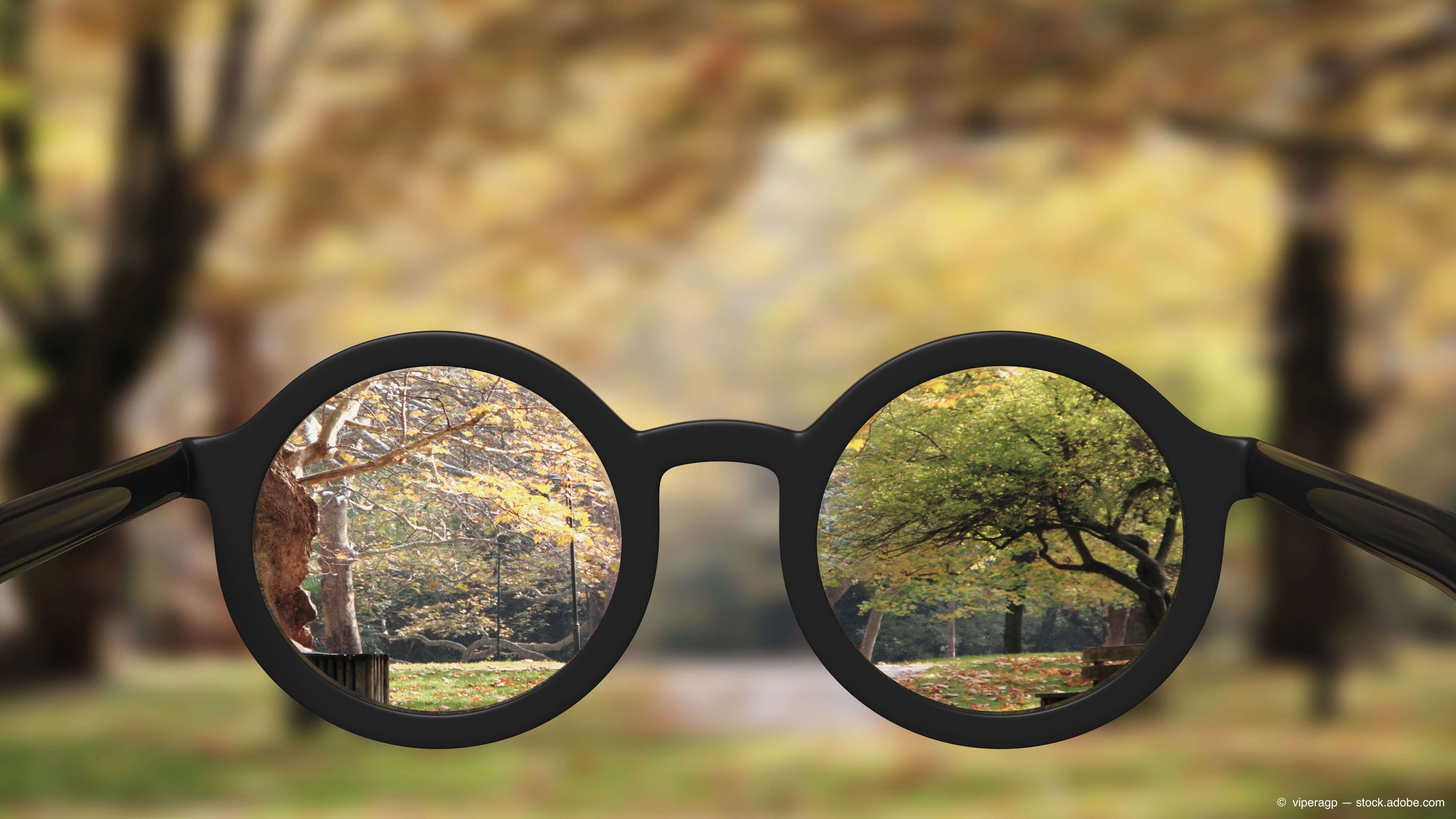AAO 2020: Myopia progression slowed with multifocal and orthokeratology lenses
In a presentation at the American Academy of Ophthalmology’s virtual 2020 annual meeting, Amy K. Hutchinson, MD, explained that while Myopia has been occurring at epidemic rates worldwide, research has found that the use of orthokeratology and multifocal contact lenses can provide clinically meaningful reductions in myopia progression.

Reviewed by Amy K. Hutchinson, MD
Myopia has been occurring at epidemic rates worldwide, and research has found that the use of orthokeratology and multifocal contact lenses can provide clinically meaningful reductions in myopia progression.
“Both lens types are thought to have a similar mechanism of action to slow myopia progression, and that mechanism is to eliminate peripheral hyperopic defocus and induce peripheral myopic defocus,” according to Amy K. Hutchinson, MD, professor of ophthalmology and director of Pediatric Ophthalmology at the Emory University School of Medicine, and chief of ophthalmology at Children’s Healthcare of Atlanta at Egleston. She made the presentation at the American Academy of Ophthalmology’s virtual 2020 annual meeting.
Peripheral hyperopic defocus happens when myopia is corrected with single vision glasses or contact lenses.
The central light rays focus on the fovea and provide a clear image, but peripheral light rays focus behind the plane of the retina, which is thought to play a role in myopia progression, she explained.
In support of this, “Clinical observations show a significant reduction in myopia progression when bifocal glasses, multifocal contact lenses, or overnight orthokeratology lenses are used,” Dr. Hutchinson commented.
Myopia progression can be measured in a number of ways, but a simple way to describe it is in terms of the percentage slowing of either dioptric progression or axial growth of the eye when comparing the treatment group to the control group.
A 50% slowing is uniformly accepted as a clinically significant, but it is difficult to achieve, and so a 30% reduction is generally considered to be meaningful.
Multifocal contact lenses
The center distance design is used most often in these lenses, in which the central area of the lens focuses the image on the fovea.
“The peripheral area has a more positive power resulting from either distinct concentric rings or a gradual progressive increase toward the periphery,” she explained.
This design provides the wearer with clear central vision and eliminates the peripheral hyperopic defocus and introduces peripheral myopic defocus, which decreases the stimulus for myopic progression.
Currently, the MiSight multifocal contact lens by Cooper Vision Inc. is the only FDA-approved contact lens for myopia control in the United States. This lens has concentric peripheral rings that include a +2.00 D add. In a 3-year study, the lens slowed myopia progression in children (aged 8-12 years; refractive errors up to -4.0 D) by 59% and axial elongation by 52% compared with age-matched control children.
Other spherical and toric multifocal lenses are available for off-label use. Dr. Hutchinson noted that evidence has suggested that higher add powers may result in better control of myopia progression.
These lenses have been shown to slow myopia progression by -9.7% to 70% and slow axial elongation by 0% to 79%.
Orthokeratology
These lenses are worn overnight and temporarily reshape the cornea.
“This technology uses a reverse-geometry rigid gas-permeable contact lens in which the base curve radius is flatter than the central corneal curvature, and the secondary curve is steeper than the base curve radius,” Dr. Hutchinson explained.
The central corneal flattening focuses the image on the fovea and eliminates the need for the patient to wear correction during the day. The lens steepens the mid-peripheral cornea and induces myopic defocus on the peripheral retina, thus controlling the myopia.
The lenses, which are most useful for patients with low to moderate myopia, have demonstrated a slowing of 30% to 80% of axial elongation.
Slowing of the dioptric progression is not usually reported because the lenses cause a temporary shift in the refractive error. There is some evidence that these lenses might be useful to treat anisometropia as well.
In the United States, orthokeratology lenses are approved for wear overnight but not for myopia control.
In Europe, the Menicon Bloom lens received European Conformity marking for myopia control.
Safety with overnight contact lens wear has been a pervasive concern. There has been only one large retrospective study to estimate the incidence of microbial keratitis associated with overnight orthokeratology lens wear.
Based on the upper confidence interval of this study, the expected incidence of microbial keratitis is no more than 50 per 10,000 patient years, or 1 in 200 years of wear.
However, avoiding the use of tap water is recommended as overnight orthokeratology wearers were overrepresented in a case series of Acanthamoeba keratitis.
Despite the reported success with contact lens wear to slow myopia progression, questions remain unanswered, including the ideal time to begin treatment, treatment duration and the rate of rebound myopia with discontinuation of contact lens wear.
--
Amy K. Hutchinson, MD
E: ahutch2@emory.edu
Dr. Hutchinson has no financial interest in this subject matter.
Newsletter
Keep your retina practice on the forefront—subscribe for expert analysis and emerging trends in retinal disease management.